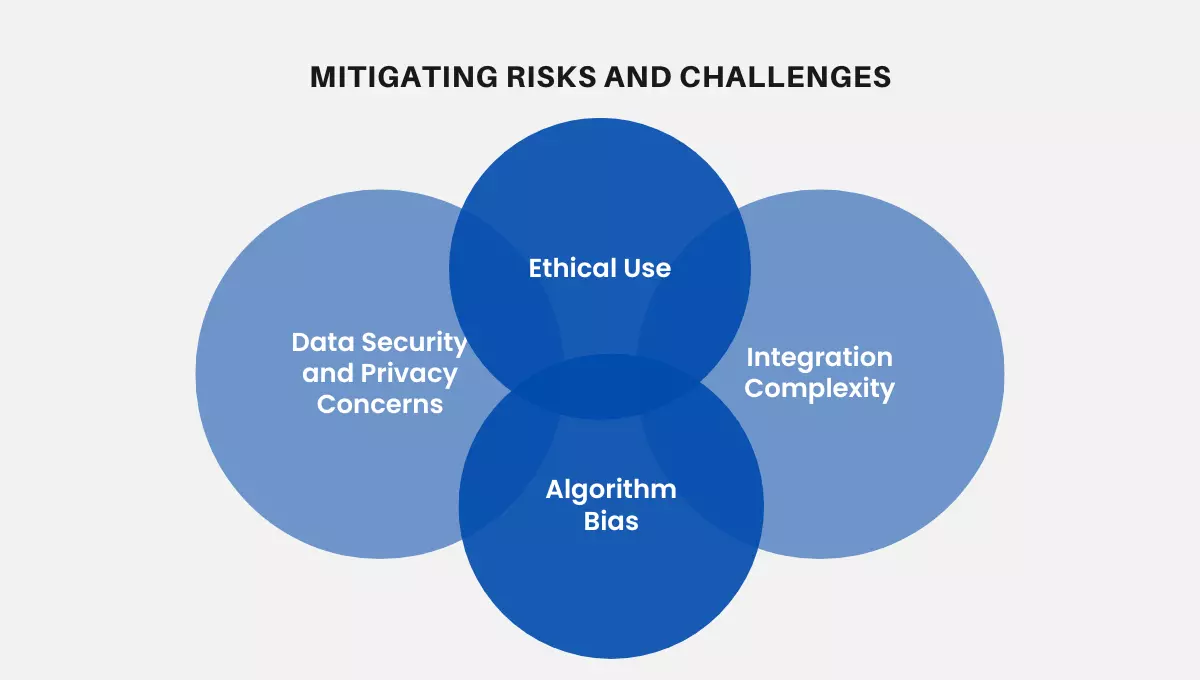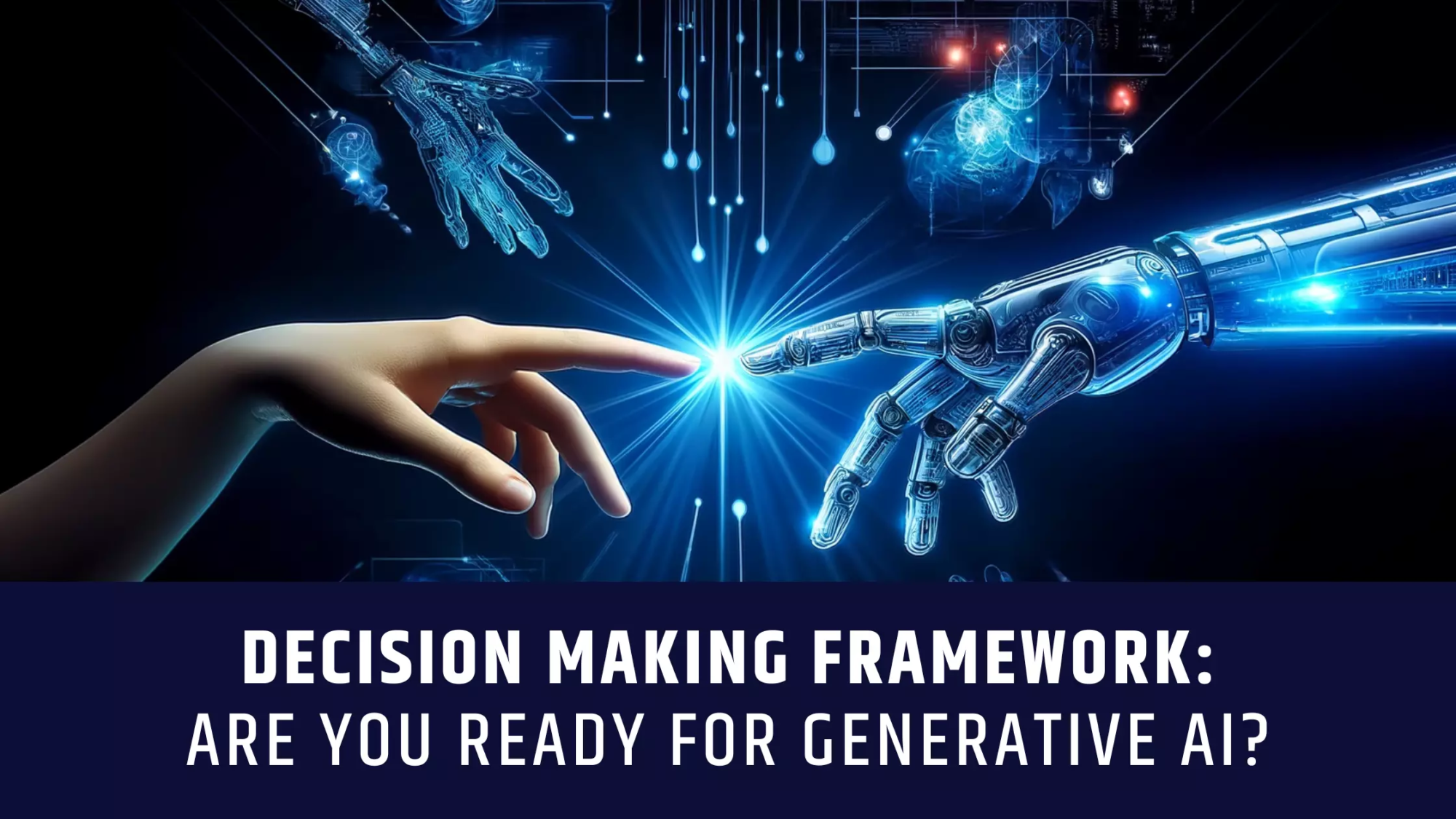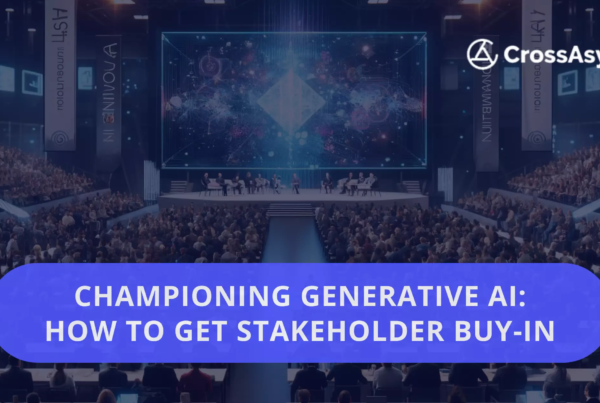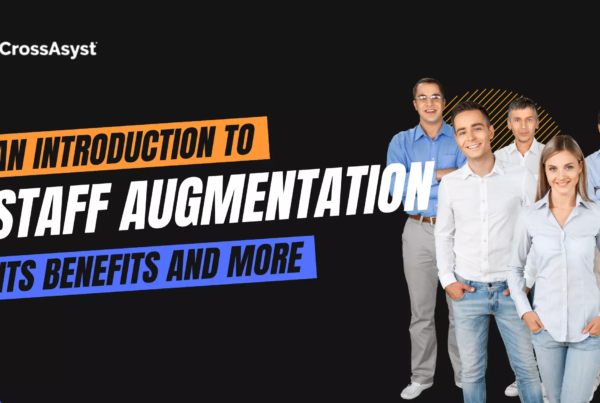Generative AI has already made its presence felt across industries. GPTs and LLMs have transitioned from being experimental tools to becoming instruments that organizations use in daily operations.
However, not every business is ready to jump onto the generative AI bandwagon. Adopting it into regular workflows comes with certain potential risks, and careful consideration is required before generative AI can be successfully integrated into the working system of an organization.
Here’s a comprehensive decision making framework to help you decide if your organization is ready for generative AI.
Table of Contents
Understanding Generative AI
Before diving into the decision-making process, it’s essential to understand what Generative AI entails. Unlike traditional rule-based AI systems, which operate within predefined parameters, Generative AI has the ability to create new content or solutions based on the input it receives. This capability opens up a world of possibilities across multiple industries, from automating content creation to assisting with complex problem-solving tasks.
Generative AI has evolved rapidly in recent years, thanks to advancements in machine learning and natural language processing. Models like GPTs and Large Language Models (LLMs) have pushed the boundaries of what AI can achieve, enabling unprecedented levels of creativity and productivity.
Assessing Organizational Readiness
Another key factor for every business to keep in mind before adopting generative AI is to assess their readiness across multiple key areas. Assessing these areas will give organizations the opportunity to address gaps or challenges, making the adoption more seamless.

Data Ecosystem Maturity
- Evaluate the organization’s data infrastructure to ensure it can support Generative AI applications effectively.
- Assess the quality and accessibility of data to ensure accurate and reliable inputs for Generative AI models.
- Identify any data silos or inconsistencies that may hinder the effectiveness of Generative AI systems.
- Implement measures to improve data organization and quality where necessary to optimize Generative AI performance.
Governance Structure and Policies
- Review existing data governance policies and procedures to ensure alignment with Generative AI adoption.
- Identify any gaps or deficiencies in governance frameworks related to data privacy, security, and compliance.
- Establish clear guidelines for data usage, sharing, and protection within the context of Generative AI applications.
- Ensure compliance with relevant regulations and standards governing data usage and protection in the organization’s industry or jurisdiction.
Security Framework
- Conduct a thorough assessment of the organization’s security posture to identify vulnerabilities and risks associated with Generative AI adoption.
- Implement robust security measures to protect against data breaches, unauthorized access, and other security threats.
- Consider encryption, access controls, monitoring tools, and other security technologies to safeguard sensitive data used in Generative AI applications.
- Train employees on security best practices and protocols to mitigate the risk of security incidents related to Generative AI usage.
IT Team Expertise
- Evaluate the skills and knowledge of the IT team to determine their readiness to implement and manage Generative AI systems.
- Identify any gaps in technical expertise or training needs related to Generative AI technologies and concepts.
- Provide training and professional development opportunities to IT staff to enhance their proficiency in deploying, configuring, and maintaining Generative AI solutions.
- Consider partnering with external experts or consultants to supplement internal IT capabilities and accelerate the adoption process.
Employee Readiness and Training
- Assess the readiness of employees to adapt to the introduction of Generative AI technologies in their workflows.
- Identify any concerns or resistance to change among employees and address them proactively through communication and training initiatives.
- Provide comprehensive training programs to educate employees on the capabilities, benefits, and responsible use of Generative AI tools.
- Foster a culture of continuous learning and innovation to empower employees to leverage Generative AI effectively in their roles.
Evaluating Use Cases
Once organizational readiness has been assessed, the next step is to evaluate potential use cases for Generative AI within the organization. This involves identifying tasks or processes that could benefit from automation or enhanced creativity provided by Generative AI.
Use cases may vary, depending on the industry and specific organizational needs. By aligning use cases with organizational goals and objectives, organizations can prioritize implementation efforts and ensure maximum impact.
Here are some examples.
- Content Creation: Generating blog posts, marketing copy, or product descriptions.
- Code Generation: Assisting developers in writing code or automating repetitive programming tasks.
- Problem-solving: Analyzing complex data sets or scenarios to identify solutions or insights.
- Customer Service: Providing automated responses to customer inquiries or troubleshooting issues.
Implementing Generative AI: Decision-Making Framework
Implementing Generative AI requires a structured approach to decision-making. Here’s a decision-making framework that outlines the ideal process for an organization to follow to adopt generative AI.
Define Objectives and Goals
- Clearly articulate the specific objectives and goals that the organization aims to achieve through Generative AI adoption.
- Align these objectives with broader business strategies and priorities to ensure relevance and impact.
- Establish measurable key performance indicators (KPIs) to track progress and success throughout the implementation process.
Assess Organizational Readiness
- Evaluate the organization’s readiness across key areas including data infrastructure, governance policies, security measures, IT capabilities, and employee readiness.
- Identify any gaps or challenges that may impede successful implementation and develop strategies to address them effectively.
- Engage stakeholders from different departments and levels of the organization to gather insights and perspectives on readiness factors.
Evaluate Use Cases
- Conduct a thorough analysis to identify potential use cases for Generative AI within the organization.
- Prioritize use cases based on factors such as feasibility, impact, and alignment with organizational goals.
- Consider the potential benefits and risks associated with each use case to inform decision-making and resource allocation.
Develop Implementation Plan
- Create a comprehensive implementation plan that outlines the steps, resources, and timelines required to deploy Generative AI solutions effectively.
- Define roles and responsibilities for team members involved in the implementation process and establish clear communication channels to facilitate collaboration.
- Allocate resources including budget, personnel, and technology infrastructure to support the implementation efforts.
Pilot and Test
- Launch pilot projects or proof-of-concept initiatives to test the effectiveness of Generative AI solutions in real-world scenarios.
- Gather feedback from users, stakeholders, and other relevant parties to identify areas for improvement and refinement.
- Iterate on the implementation approach based on insights gained from pilot testing to enhance scalability, performance, and usability.
Monitor and Iterate
- Continuously monitor key performance metrics and indicators to track the progress and impact of Generative AI implementation.
- Identify opportunities for optimization and refinement based on ongoing monitoring and evaluation.
- Foster a culture of continuous improvement and innovation within the organization to adapt to evolving needs and challenges.
Mitigating Risks and Challenges
While the benefits of generative AI are plentiful, organizations must also be mindful of the risks and challenges that come with such a powerful tool. Let’s take a closer look at these risks and how to mitigate them.

Data Security and Privacy Concerns
- Protecting sensitive data is paramount to prevent breaches and maintain compliance with regulations like GDPR and CCPA.
- Implement encryption, access controls, and data anonymization techniques to safeguard data used in Generative AI applications.
Ethical Use
- Establish clear guidelines and ethical frameworks for the responsible use of Generative AI to prevent misuse for unethical or malicious purposes.
- Educate employees on ethical considerations and promote a culture of ethical conduct and accountability.
Algorithm Bias
- Address biases in AI models to ensure fair and equitable outcomes for all stakeholders.
- Conduct regular audits and evaluations of AI algorithms to identify and mitigate biases that may impact decision-making processes.
Integration Complexity
- Overcome challenges related to integrating Generative AI with existing systems and workflows by collaborating closely with IT and data teams.
- Develop robust integration strategies and protocols to ensure seamless interoperability and compatibility with existing infrastructure.
Conclusion
Generative AI is one of those technologies that is going to disrupt the way industries work by unleashing innovation, creativity and productivity on a hitherto unforeseen level. Which is why adopting it takes careful consideration and planning.
After having been a preferred custom software developer for global brands for over a decade, we at CrossAsyst are only too aware of the potential of generative AI in our area of expertise. Even as we speak, our teams are putting together the final pieces before we offer our clients world-class software solutions that harness the incredible power of generative AI.
Find out more about our industry-leading custom software services by booking a meeting with us today!




